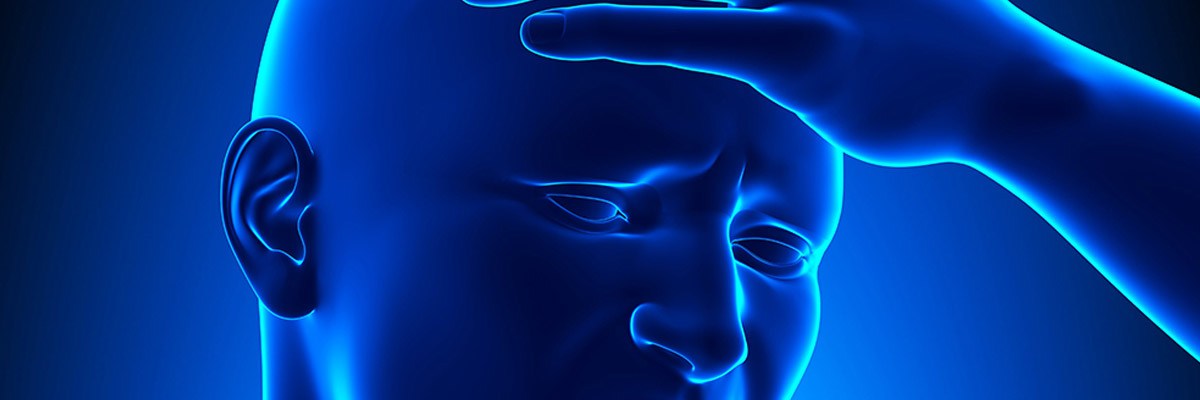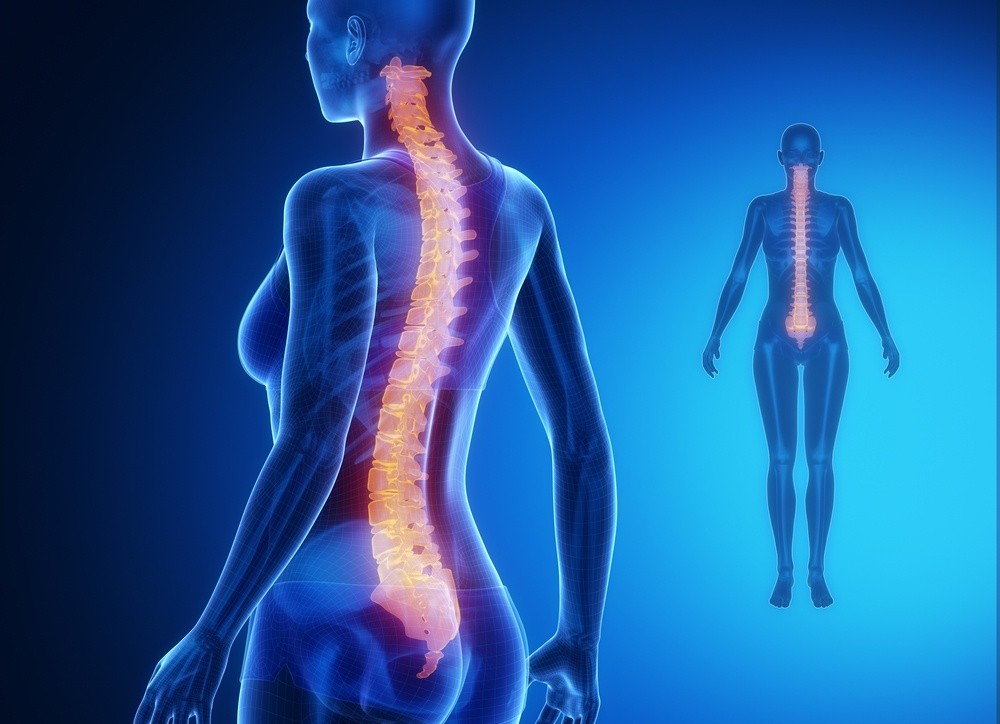- PATIENT FORMS | REQUEST A CONSULTATION | CONTACT US
- 1-844-NSPC-DOC
Subarachnoid Hemorrhage

What Is a Subarachnoid Hemorrhage?
Take ActionCauses and Symptoms of Subarachnoid Hemorrhage
Some cases of subarachnoid hemorrhage (SAH) are idiopathic and do not have a known cause. Known causes include:
- Trauma or injury to the head
- Bleeding from an arteriovenous malformation
- Infection
- A bleeding disorder or blood thinner usage
- A cerebral aneurysm (bulge in the wall of a blood vessel)
- Confusion
In some instances, you may experience warning symptoms a few minutes or even a few days before the hemorrhage:
- Headaches
- Vision issues such as droopy eyelid or double vision
- Facial pain caused by a bulge in a blood vessel that is pressing on a cranial nerve
Other possible symptoms of a subarachnoid hemorrhage:
- Vomiting
- Seizures
- Decreased level of consciousness
- Confusion or irritability esp. after a loss of consciousness
- Stiff neck — blood circulation in the cerebrospinal fluid can be an irritant
- Weakness or numbness on one side of the body

Symptoms of SAH:
- A thunderclap headache: also known as the worst headache you’ve ever experienced, that develops in a very brief amount of time, seconds or a few minutes. You might also feel a popping sensation in your head.
- Vision issues: extreme sensitivity to light, loss of sight in one eye, double vision, drooping eyelid, bleeding in the eyeball, pupil changes
Other possible symptoms of a subarachnoid hemorrhage:
- Vomiting
- Seizures
- Decreased level of consciousness
- Confusion or irritability esp. after a loss of consciousness
- Stiff neck — blood circulation in the cerebrospinal fluid can be an irritant
- Weakness or numbness on one side of the body

How Is Subarachnoid Hemorrhage Diagnosed?
A physical exam will include an examination of your eyes for any of the symptoms mentioned above. A CT (computerized tomography) scan may show bleeding, but if not—and a subarachnoid hemorrhage (SAH) is suspected—a lumbar puncture, also known as a spinal tap, may be used. This allows your doctor to see if any blood is circulating in your cerebrospinal fluid, indicating a SAH.
As part of the treatment process, an angiogram of the brain, transcranial Doppler ultrasound, magnetic resonance imaging (MRI) or a magnetic resonance angiogram (MRA) may be used to determine the location and size of the SAH in preparation for a surgical procedure.
Advanced Treatment Options for Subarachnoid Hemorrhage at NSPC
The highly qualified medical team at NSPC Brain & Spine Surgery (NSPC) (NSPC) offers world-class stabilization, repair and complication prevention for subarachnoid hemorrhage.
If you have a life or death medical emergency such as a SAH, the most immediate need is to stabilize your vital functions and prevent further bleeding or seizures.
Surgical Repair
Once you are stabilized, then surgical intervention to stop the bleeding can begin. Surgery will remove pools of blood on your brain and relieve any pressure that the cerebrospinal fluid may have built up. Depending on the cause of your SAH, one of several different subarachnoid hemorrhage surgical treatments may be recommended:
- Aneurysm Clipping — if you have an aneurysm (bulge in the blood vessel wall) and it hasn’t burst yet, a small clip placed around it may prevent it from bursting. A craniotomy creates a small window into the skull, allowing the neurosurgeon access to your brain.
- Coil Embolization — a less invasive endovascular procedure that uses a very small catheter to place a coil inside the artery at the aneurysm or arteriovenous malformation (AVM) location.
- Resection of Cerebral Arteriovenous Malformation — if the AVM is near the surface of the brain, surgical removal (resection) of the AVM might be the best option.
- Stereotactic Radiosurgery — is a one-day, targeted, state-of-the-art radiation treatment that can close up the arteries of an AVM. It is a minimally invasive procedure that can be repeated if necessary.
Complication Prevention
Vasospasm and hydrocephalus are common complications of a subarachnoid hemorrhage (SAH). Vasospasm can occur days or even a week after a SAH. During vasospasm, a blood vessel suddenly constricts (spasms) and the flow of blood to the brain is reduced, causing ischemia (lack of blood) and tissue death.
Hydrocephalus may occur if there is an accumulation of the cerebrospinal fluid. A shunt can drain the excess fluid; the shunt is usually temporary.
NSPC, with neurosurgeons who specialize in endovascular and cerebrovascular conditions, including brain aneurysms and cerebral arteriovenous malformations, is considered the New York region’s premier neurosurgical practice. NSPC board-certified physicians are leaders in the region’s medical community and many have appointments as chiefs of neurosurgery in some of Long Island’s best hospitals.
NSPC offers nine convenient locations in Nassau and Suffolk Counties. If you need to speak to an expert about subarachnoid hemorrhage, contact NSPC to arrange a consultation with a specialist at one of our New York centers.
Connect With Our 7 Convenient Locations
across Long Island, NY
Our expert physicians, surgeons and doctors are ready to serve you at our 7 convenient locations across Long Island, NY. Connect today to learn how our award winning, world class experts can help.
4250 Hempstead Turnpike Suite 4,
Bethpage, NY 11714
(516) 605-2720
COMMACK
353 Veterans Memorial Hwy,
Commack, NY 11725
(631) 864-3900
One Hollow Lane, Suite 212
Lake Success, NY 11042
(516) 442-2250
MANHATTAN
215 E. 77th Street Ground Floor
New York, NY 10075
(646) 809-4719
PORT JEFFERSON STATION
1500-8A Route 112,
Port Jefferson Station, NY 11776
(631) 828-3001
100 Merrick Road, Suite 128W
Rockville Centre, NY 11570
(516) 255-9031
WEST ISLIP
500 Montauk Hwy
West Islip, NY 11795
(631) 983-8400
World
Class
Expertise
For over 50 years & 350,000 patients NSPC has been a trusted global medical leader.
Contact us today for an appointment or consultation.
